
Virtue of Persistence | Illustration by Piotr Dura
Come for a list of the best virtues, have you? Well, there’s temperance, kindness, charity… I hear patience is a virtue too. Oh wait, you’re probably here for the Wilds of Eldraine (WOE) Virtues. Hey, in my defense Humility is a Magic card.
Our second visit to Eldraine brought the return of adventures, and with that came a new cycle of enchantment/spell hybrids known as the “Virtue” cycle. I’ll be parsing out where these fit into Commander and how they compare to one another. Don’t worry, this isn’t a sermon on virtues. It’s Eldraine after all, so that would make it a Syrmon.
What Are Virtues in MTG?

Virtue of Strength | Illustration by Piotr Dura
The Virtues are a cycle of mythic rare enchantments with adventures from Wilds of Eldraine. They’re primarily expensive 5+ mana spells with powerful, splashy effects, each featuring a cheap 1-2 mana adventure with a minor effect. Most of the adventures play into the strengths of the main card, though the connection is sometimes a bit loose.
The Virtues need to be evaluated on two separate axes: how good is the adventure on its own, and how good is the enchantment on its own? If both halves are good, you’ve got yourself a great card. I’m also evaluating these from the perspective of casual Commander. The impact of the Virtues will likely vary across different formats, so I’m sticking to what I know best to be consistent with my evaluations.
Fun trivia: The normal art for each Virtue features the corresponding “Syr” of the same color from Throne of Eldraine. For example, that’s Syr Konrad, the Grim waltzing up to the tower on Virtue of Persistence.
#5. Virtue of Strength

Virtue of Strength is the only card in this cycle where neither half is that exciting. Garenbrig Growth is unusually cheap for this sort of effect, but it’s limited by what types of permanents it returns. It’s not the type of card you cast on turn 1 anyway, so being a 1-mana spell isn’t as impressive.
The word “triple” sounds enticing enough, but the enchantment only affects basics, and tripling mana once you’re already on 7 mana isn’t necessary. A mana doubler at a cheaper cost usually has the same results, just two turns earlier. It’s supposed to be a “fixed” Nyxbloom Ancient, but a direct comparison isn’t fair. Nyxbloom triples all your mana production, and being a creature makes it inherently easier to get on the battlefield.
#4. Virtue of Knowledge

Virtue of Knowledge is also on the dumpy side of this cycle, though there are decks that’ll be interested. The timing on the adventure can be rough. Despite being a 2-mana spell, it’s not something that affects the game on turn 2, so it’s not filling in the early turns the same way some of the better Virtues do. You’ll use it to copy an ETB or loyalty ability later in the game, but around the same time you want to be casting the enchantment anyway.
Virtue of Knowledge is just a more expensive, color-shifted Panharmonicon. Bumping the cost of that effect up a mana makes it significantly worse, and decks that want double ETBs only have so much time to spend turns on expensive set-up pieces like this. With a fairly anemic adventure and a front half that’s strictly worse than an already-existing colorless card, I’m going to call this one a bust.
#3. Virtue of Loyalty
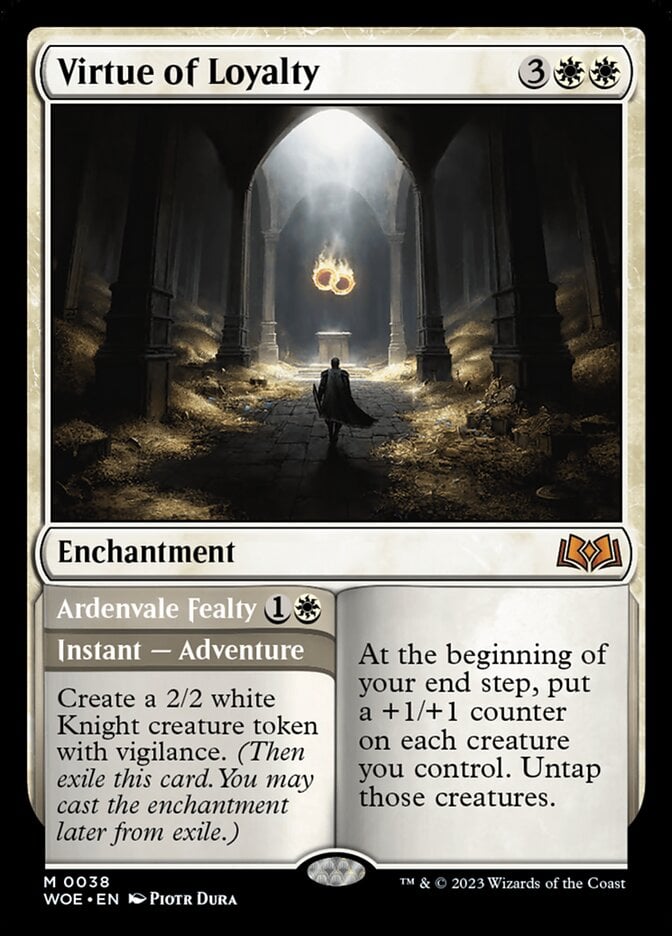
Virtue of Loyalty falls right between the two lesser virtues and the actively good ones. This one’s all about putting numbers on the board, starting off with an instant-speed 2/2 Knight token. “Knight” and “token” are buzzwords that already guarantee this sees play in some number of decks, even though the creature isn’t anything special on its own.
Thankfully, it’s not on its own. Virtue of Loyalty pumps all your creatures each turn, and you can milk the card for much more than advertised if you turn the untap clause into an advantage. Without that, it’s just one of many cards that incentivize you to go wide and build up a board, though this one gets a hard knock for missing combat and triggering on end step. That makes untapping matter, but you don’t get the benefits of the counters until after combat.
#2. Virtue of Courage
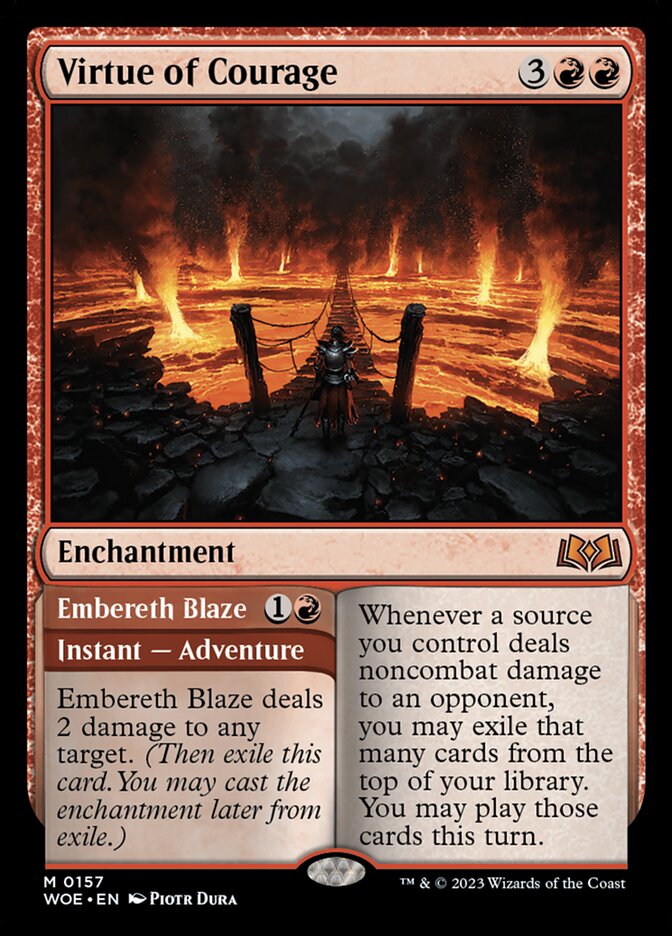
Virtue of Courage bridges us into “good” territory. 2-mana Shock isn’t remotely playable on its own, but Embereth Blaze is a Shock that guarantees you have a late-game plan. I love that this card and the next one “trick” players into playing more early-game removal, something that casual players are notorious for shirking on. The enchantment draws you in, but the adventure is the real hidden treasure. It’s like purchasing a new home and finding out the freezer is already stocked with pizza rolls. Win-win.
Now on to the main act. Virtue of Courage is a card worth playing on its own sans adventure. It has explosive card advantage potential for any deck capable of dealing consistent damage, though you won’t get to keep all those cards in your grip. The format is hostile towards “do-nothing” enchantments these days, but the value it gives you from picking off a small creature early on makes up for that. Insert obligatory “wow that’s good with Prosper, Tome-Bound” comment here.
#1. Virtue of Persistence
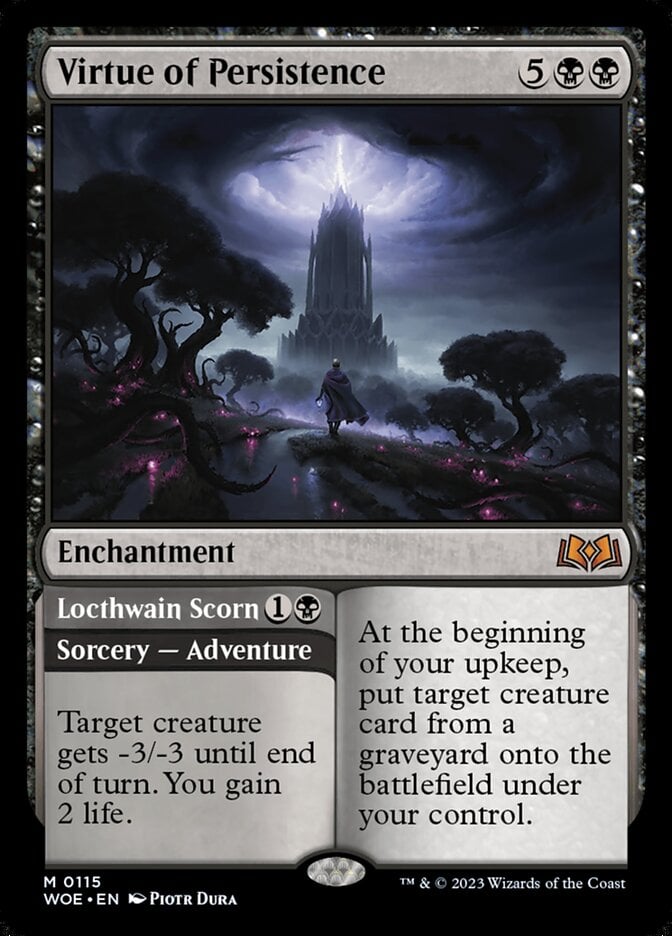
Now that’s a split card. To quote the guys from Lucky Paper, “There are few things I love more than cards that make it strategically correct to play a giant, splashy spell.” They’re talking about Cube, but it applies to Commander all the same. Virtue of Persistence on its own would be priced out of the format, but Locthwain Scorn actually rewards you for putting the card in your deck by upping your access to removal. -3/-3 and some life isn’t amazing. Debtor's Knell isn’t making the cut anymore. Put them both together? Chef’s kiss.
Virtue of Persistence isn’t some game-breaking card, but as half of a 2-for-1 that likely swept an impo some mediocre reanimation card in your deck, play this instead, and see how often the removal option ends up mattering. If nothing else, it should teach players the importance of spot removal without sacrificing that eye-widening finisher they wanted in the first place.
Best Virtue Payoffs
Since the Virtues are all instants/sorceries on one end and enchantments on the other, they’re already in consideration for any decks that explicitly care about those card types. Their reach is broadened further by cards that specifically synergize with adventures, like Lucky Clover or Gorion, Wise Mentor.
Adventures come with their own suite of sweet payoffs and strategic lines of play. Since the Virtues are permanents in any zone other than the stack, you can target them with effects that return permanents from the battlefield or your graveyard to your hand. This gives you access to the adventure again, creating a roundabout way to get another spell out of your cards.
I already made the Prosper, Tome-Bound joke, but adventures gel with anything that cares about casting spells from zones other than your hand. Vega, the Watcher, Faldorn, Dread Wolf Herald, and The Lost and the Damned synergize with adventures without any additional work, for example.
I also like the way some of these designs work with certain companions. Virtue of Courage slots a 2-drop into the curve with Obosh, the Preypiercer without messing up the companion requirement. Similarly, you can play the blue and green Virtues in decks with a companioned Keruga, the Macrosage. You can even “cheat” on an all-enchantments version of Umori, the Collector with the adventure part of these cards.
Until the Next Adventure

Virtue of Courage | Illustration by Piotr Dura
Wizards played it fairly safe with the adventures from Wilds of Eldraine. Probably best not to match the strength of format-warping cards like Bonecrusher Giant and Brazen Borrower. I think Wizards delivered on this cycle despite the tempered power level. Even the “bad” Virtues spark my creative tendencies, and I’m actively excited for the transparently good ones.
I’ve always been a patient man, so I guess you could say the Virtues come naturally to me. How are they working out for you? Do you intend to play them, and if so which ones are making the cut? Are they exciting to you, or is this cycle a hard pass? If you consume one of these cards does that make you an Eater of Virtue? Let me know in the comments below or over in the Draftsim Discord.
Thank you for making Draftsim your #1 stop for all things Magic!
Follow Draftsim for awesome articles and set updates: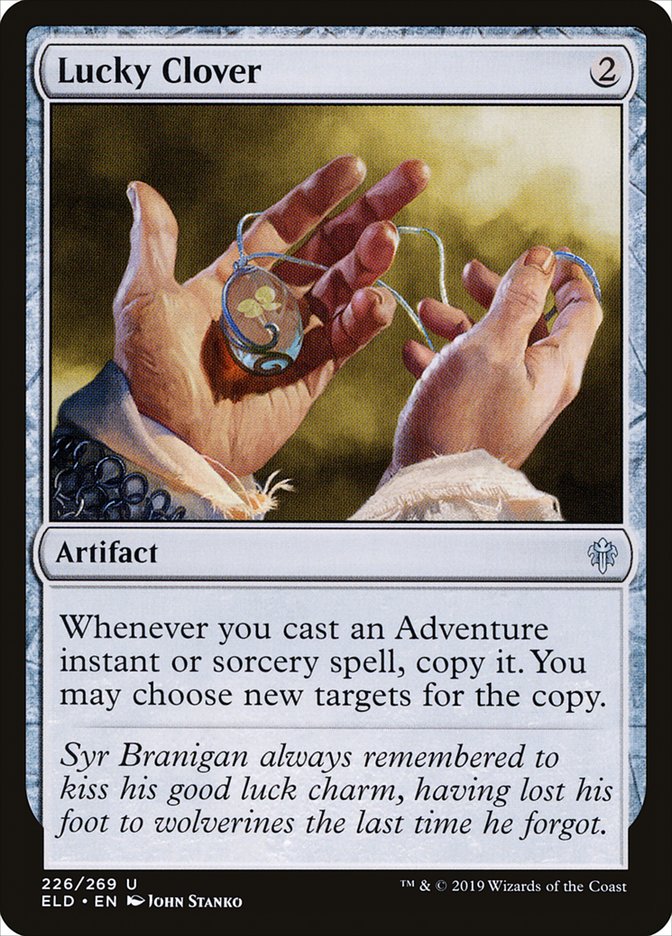
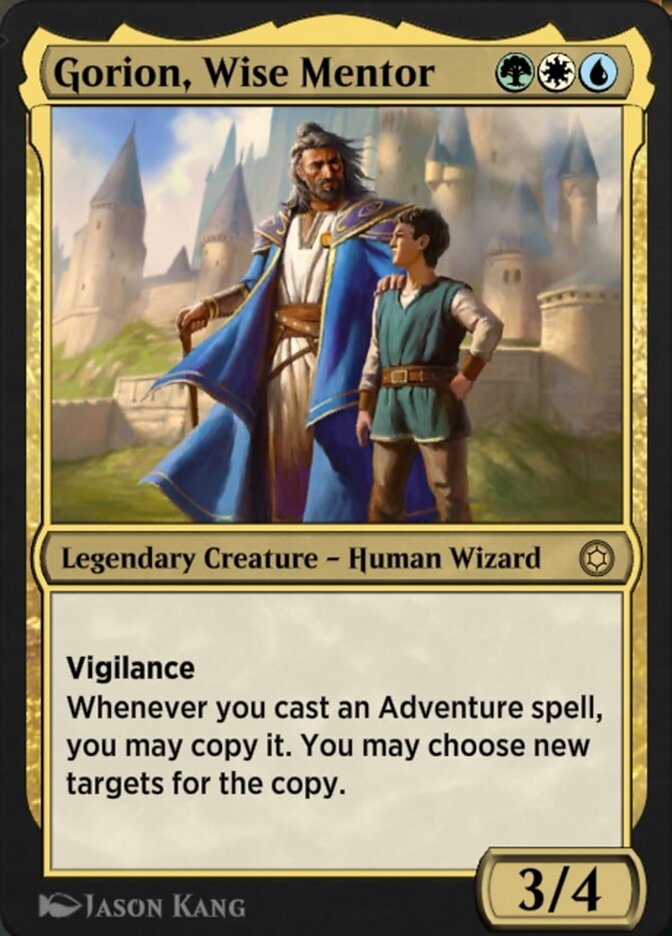
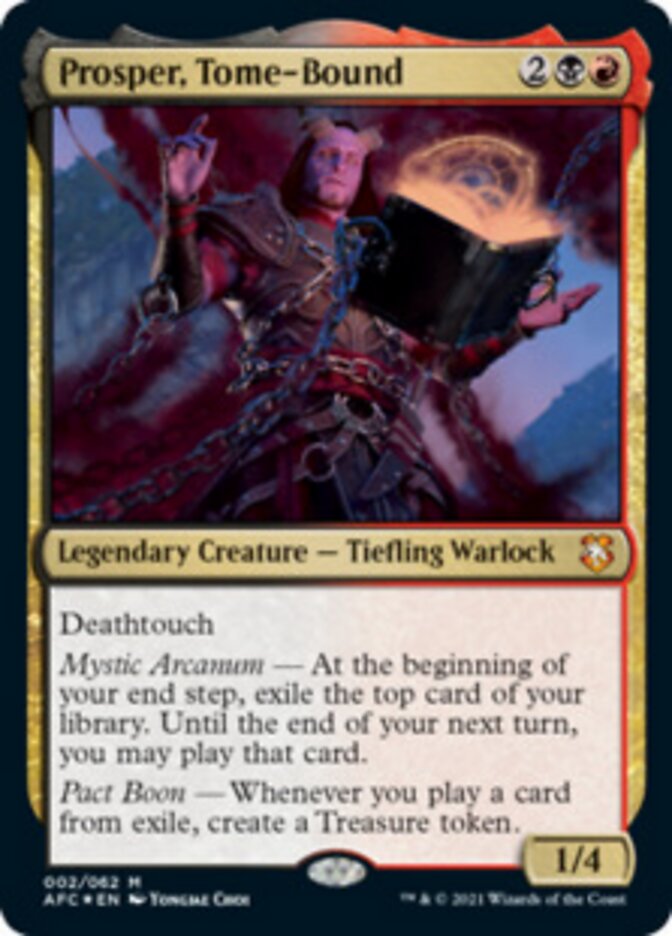
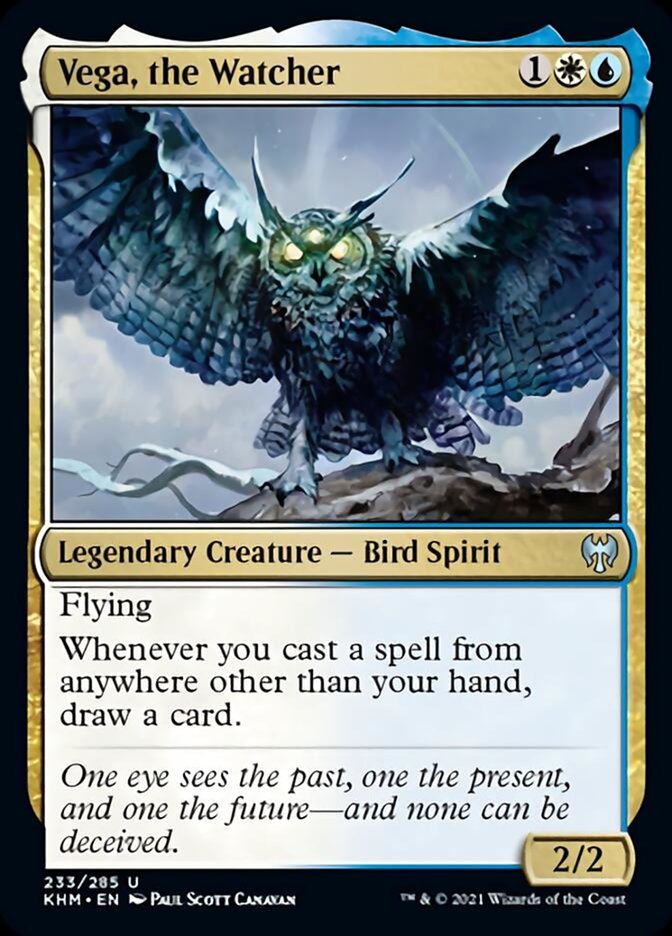
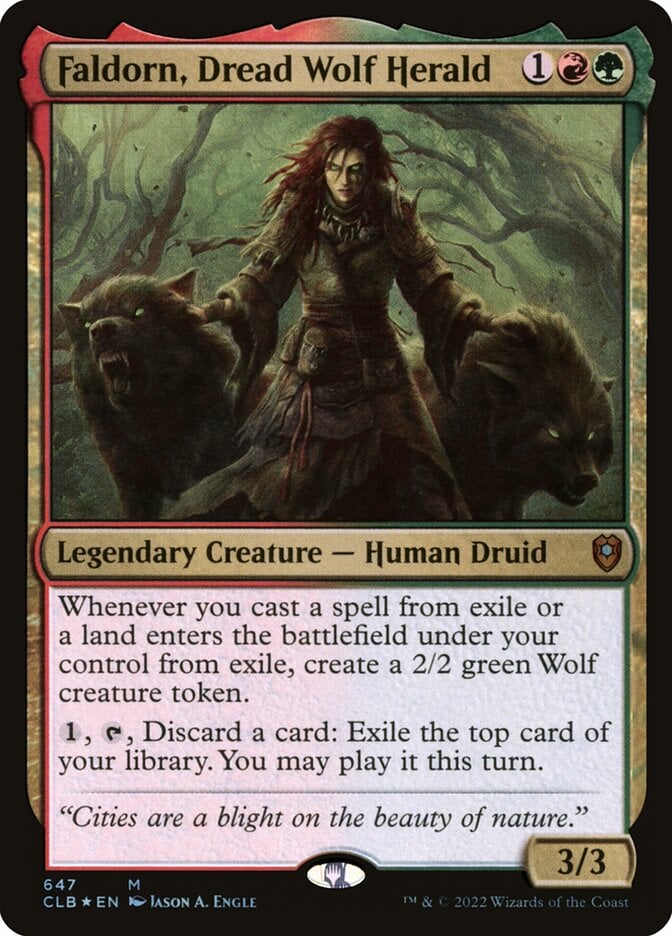
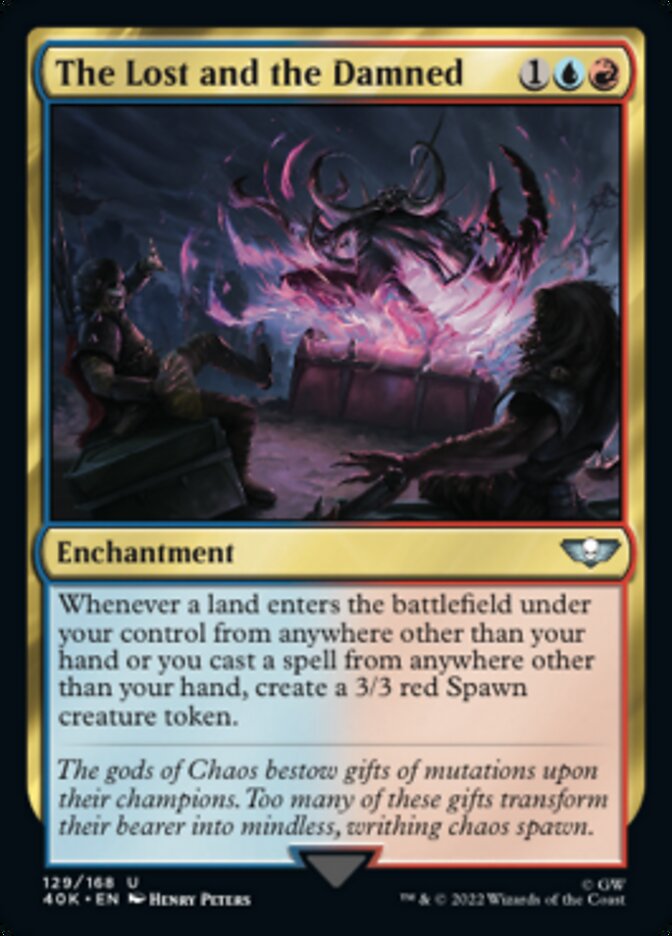
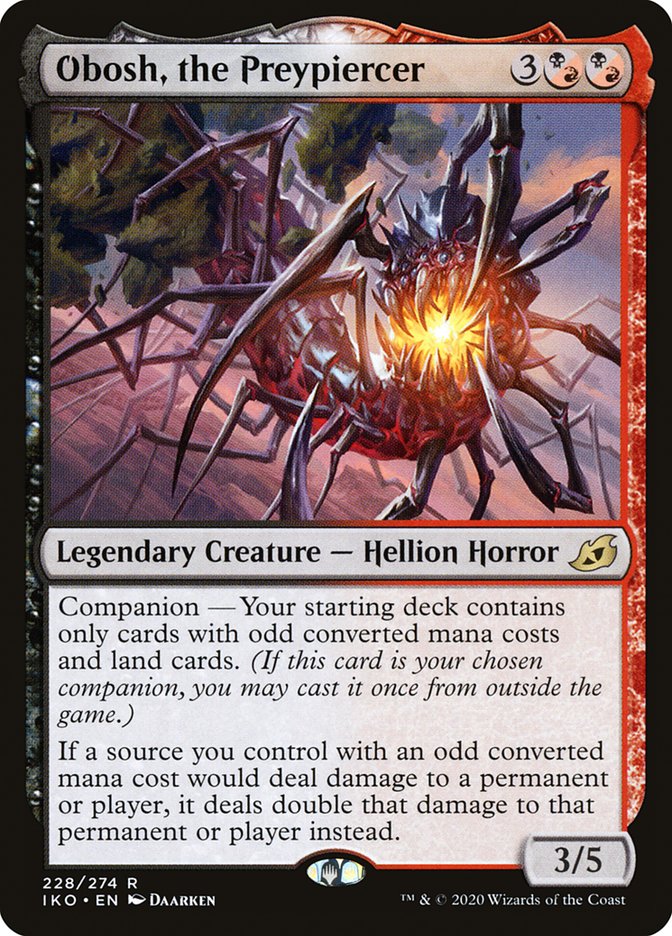

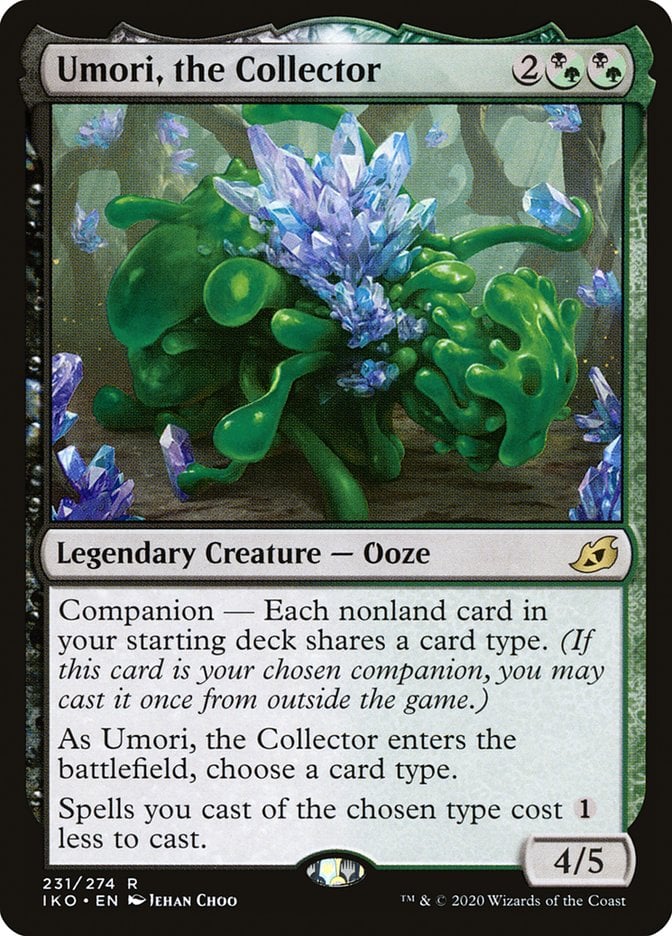


Add Comment